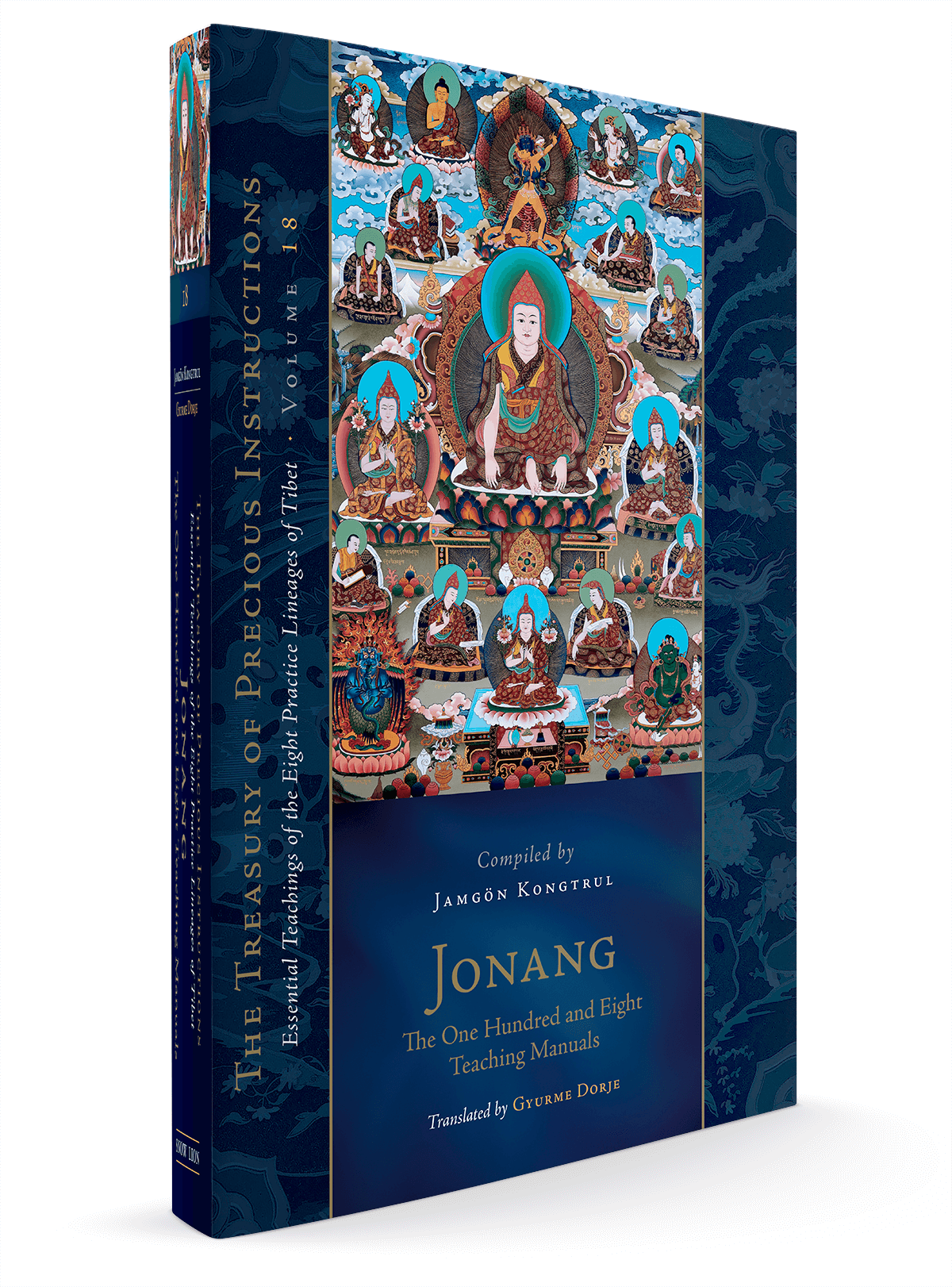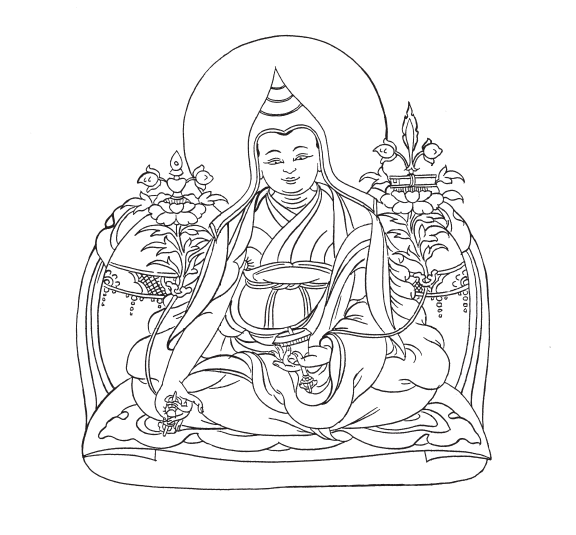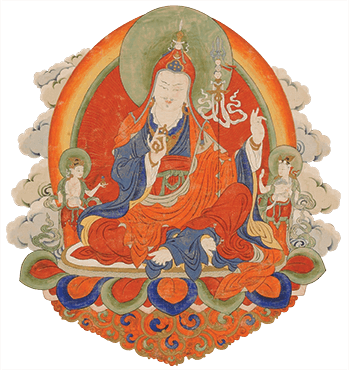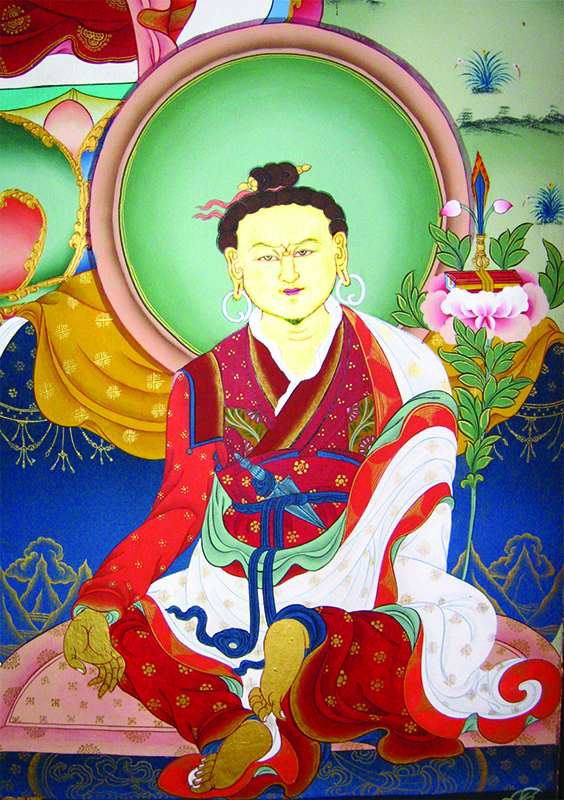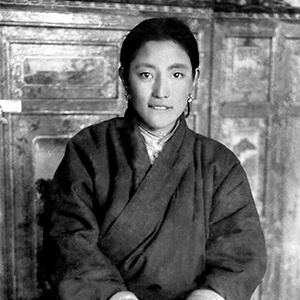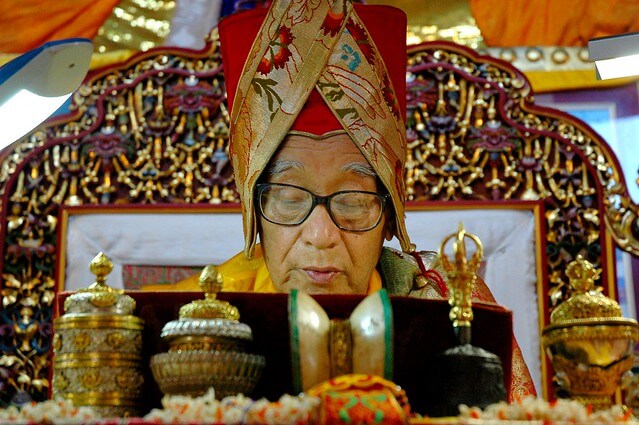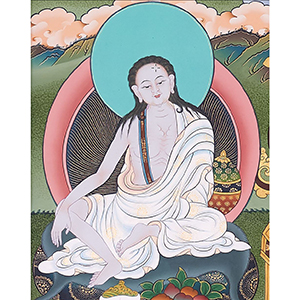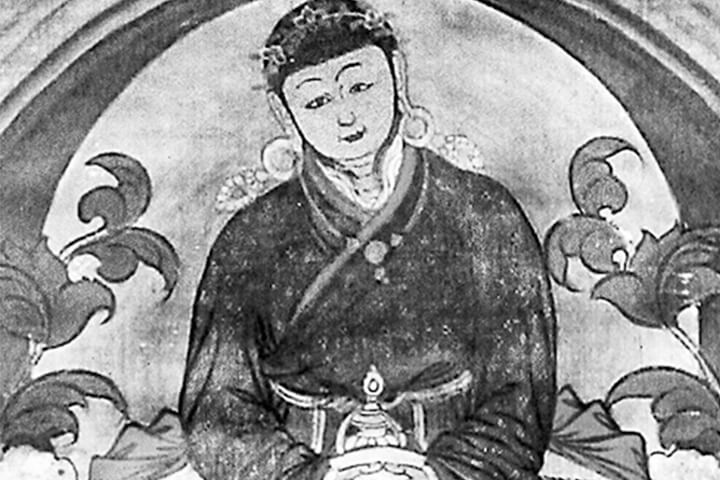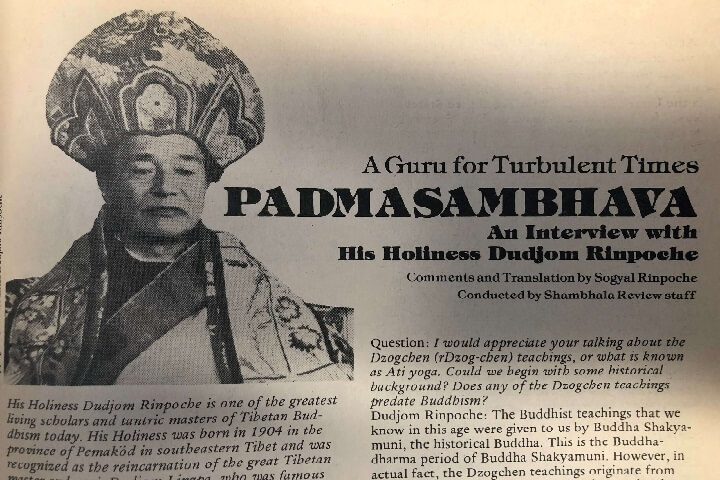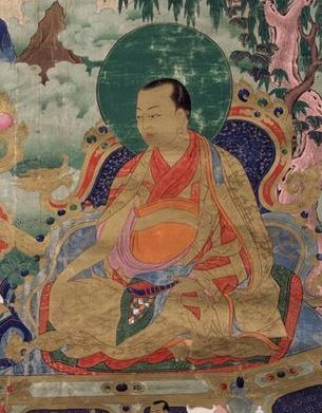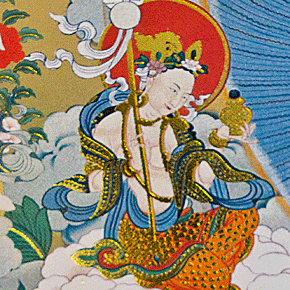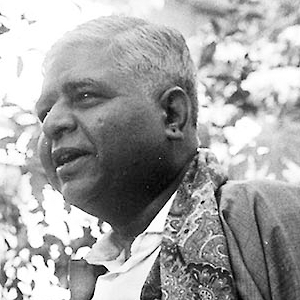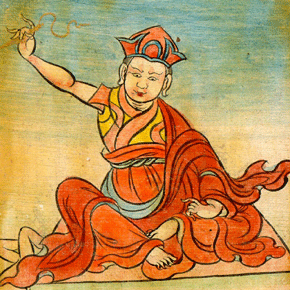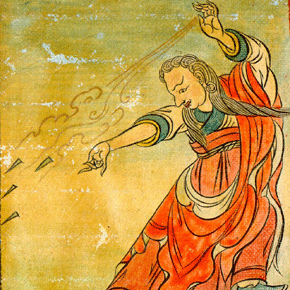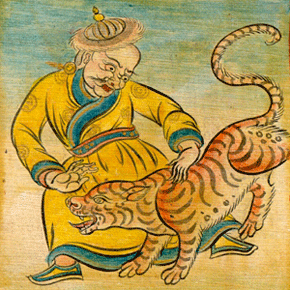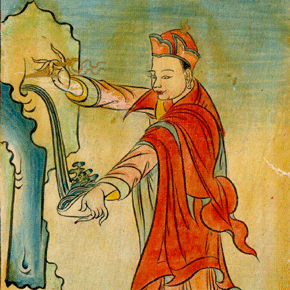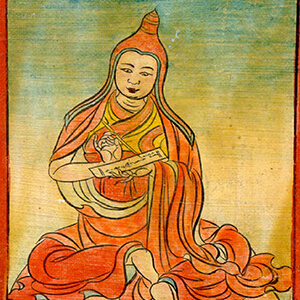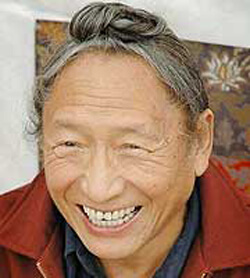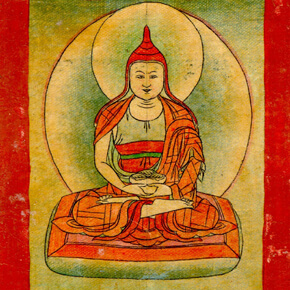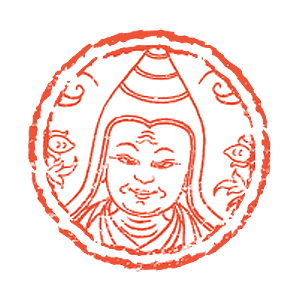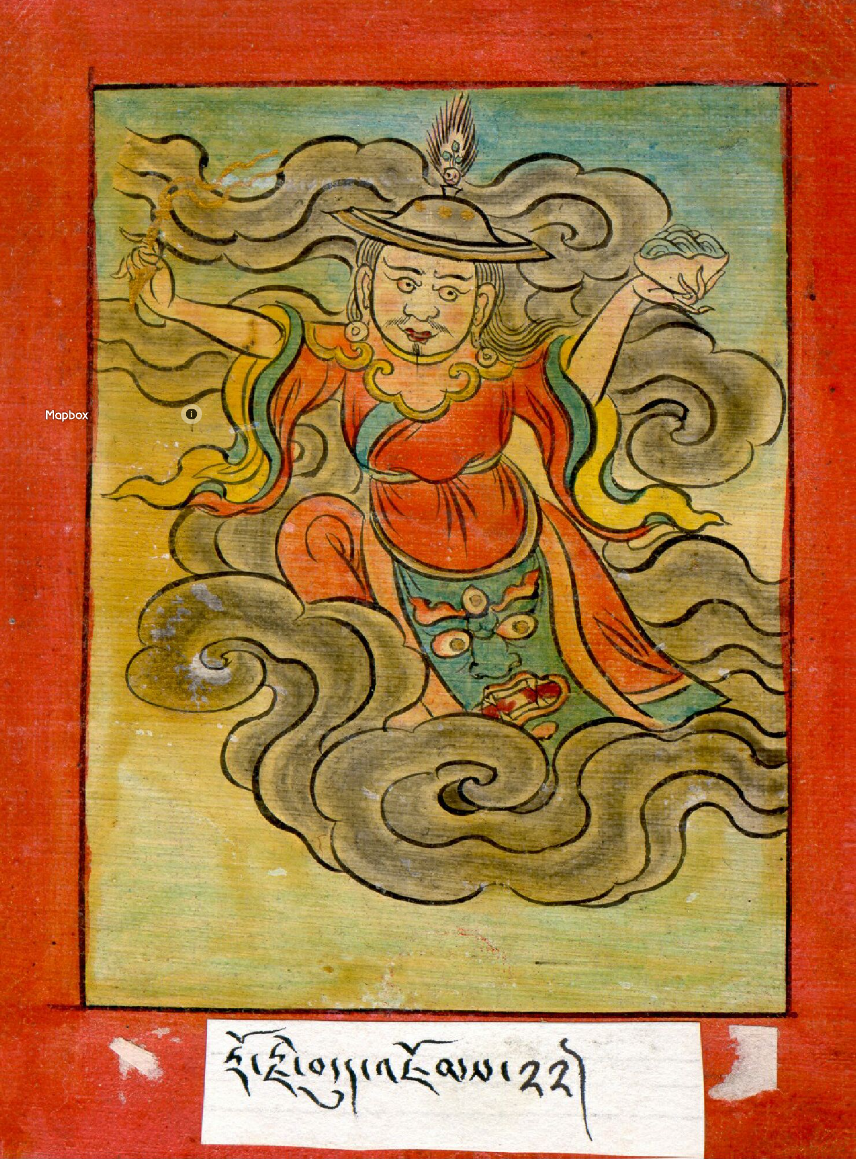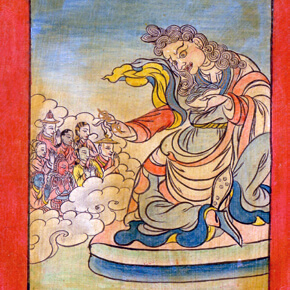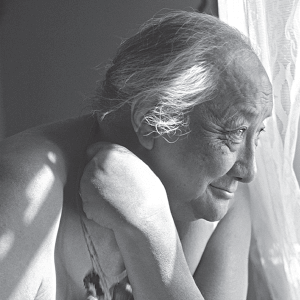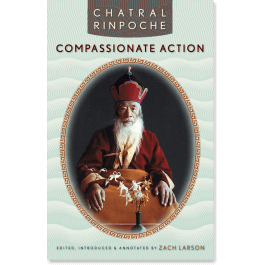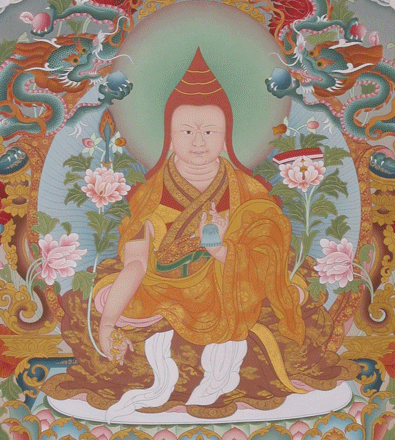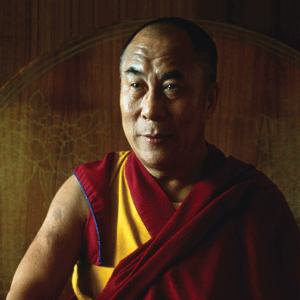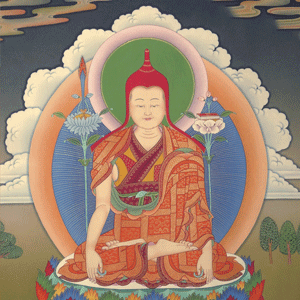Great Masters Guides
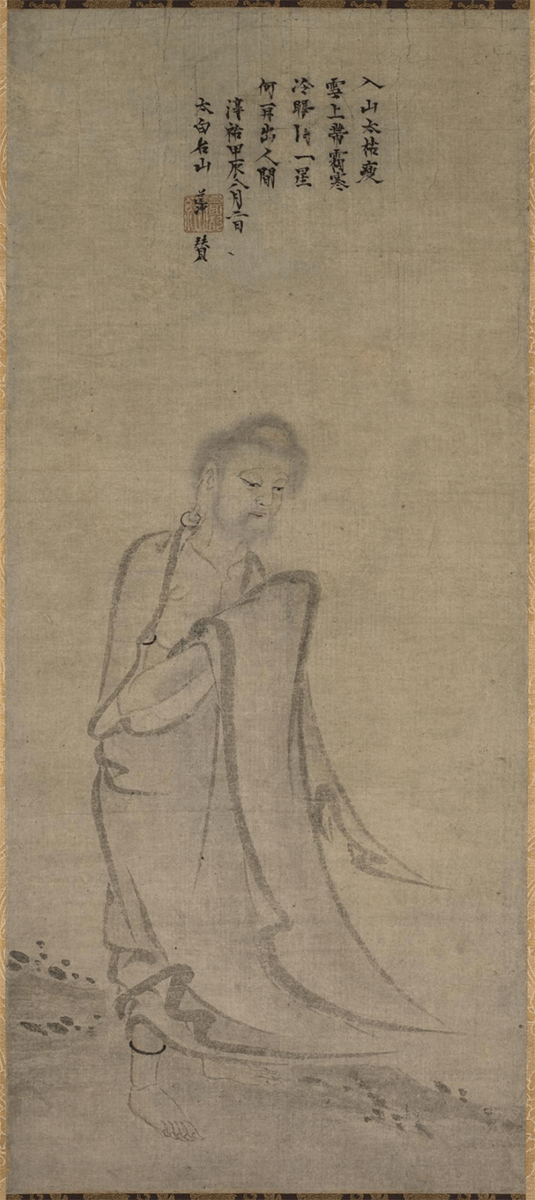
The Works of Zen in the Song Dynasty This is part of a series of articles on the arc of Zen thought, practice, and history, as presented in The Circle of the Way: A Concise History of Zen from the Buddha to the Modern World. You can start at the beginning of this [...]
Continue Reading >> 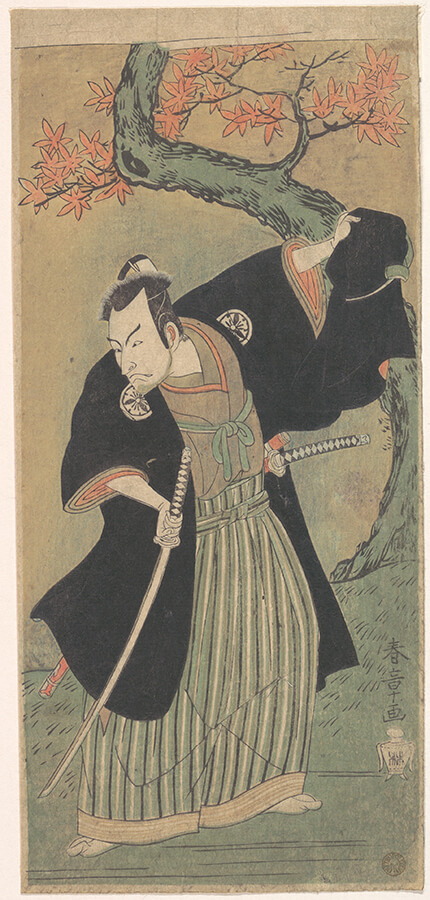
The Samurai and Zen This is part of a series of articles on the arc of Zen thought, practice, and history, as presented in The Circle of the Way: A Concise History of Zen from the Buddha to the Modern World. You can start at the beginning of this series or simply explore [...]
Continue Reading >> 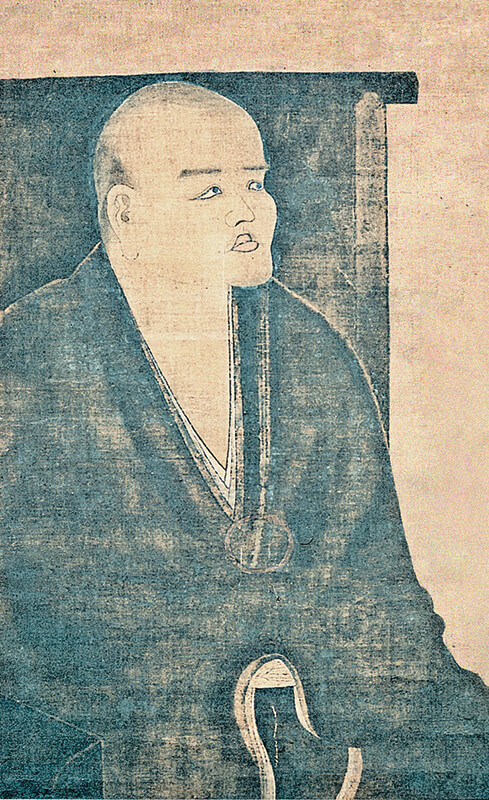
Dogen: A Guide to His Work This is part of a series of articles on the arc of Zen thought, practice, and history, as presented in The Circle of the Way: A Concise History of Zen from the Buddha to the Modern World. You can start at the beginning of this series or [...]
Continue Reading >> 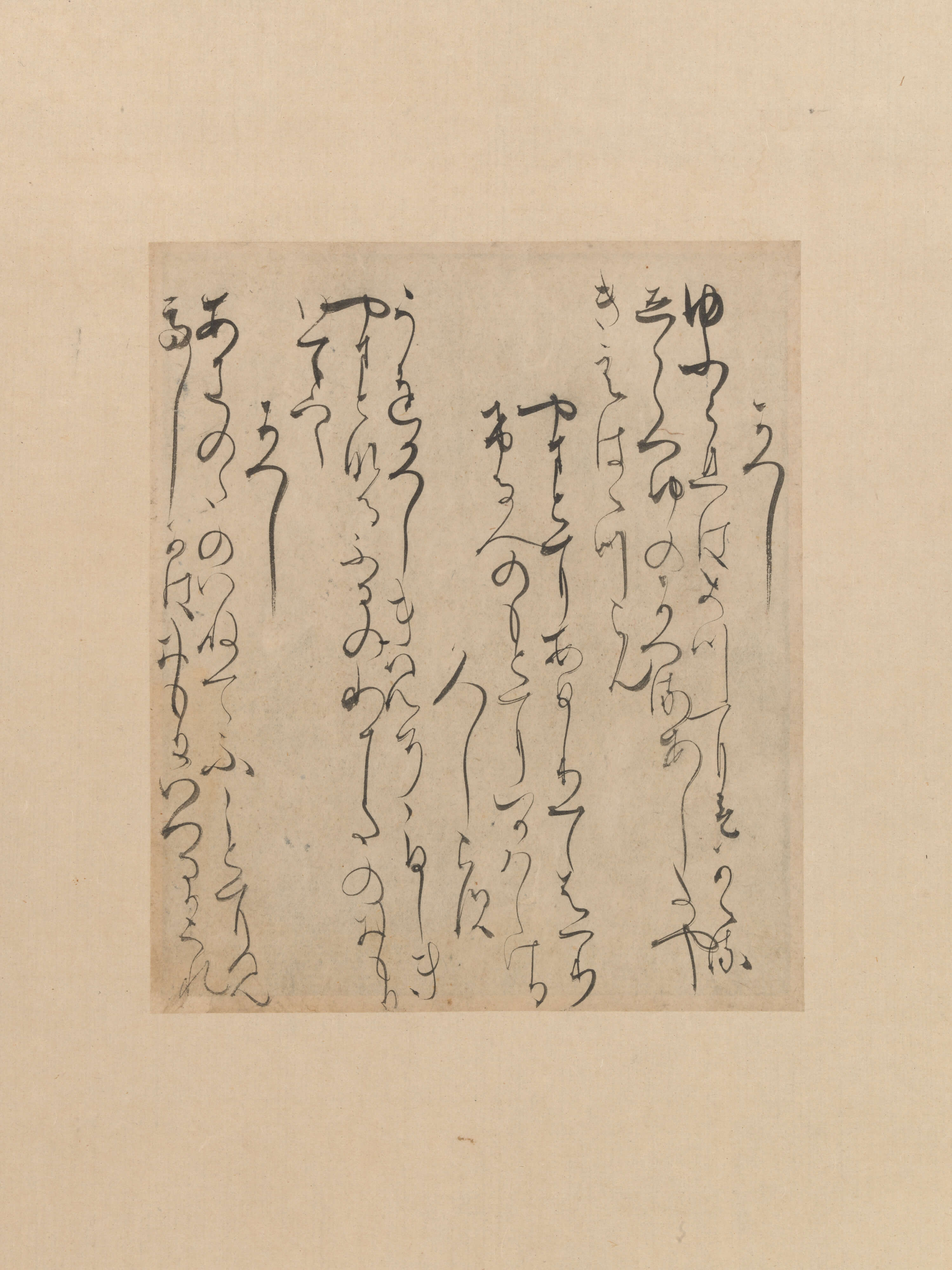
Early Zen in Japan This is part of a series of articles on the arc of Zen thought, practice, and history, as presented in The Circle of the Way: A Concise History of Zen from the Buddha to the Modern World. You can start at the beginning of this series or simply explore [...]
Continue Reading >> 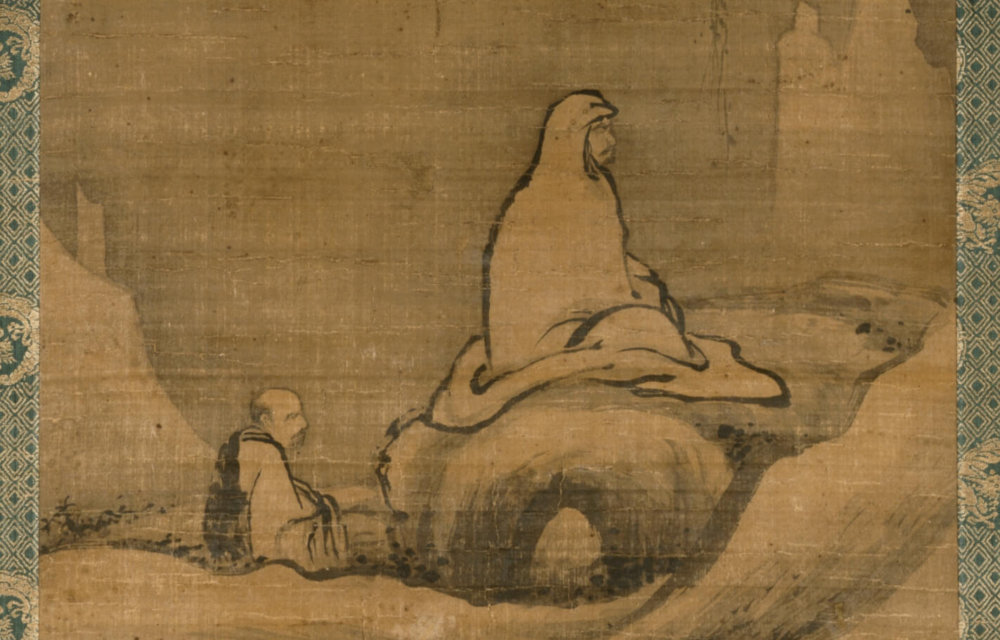
The Works of the Chan & Zen Patriarchs This is part of a series of articles on the arc of Zen thought, practice, and history, as presented in The Circle of the Way: A Concise History of Zen from the Buddha to the Modern World. You can start at the beginning of this [...]
Continue Reading >> 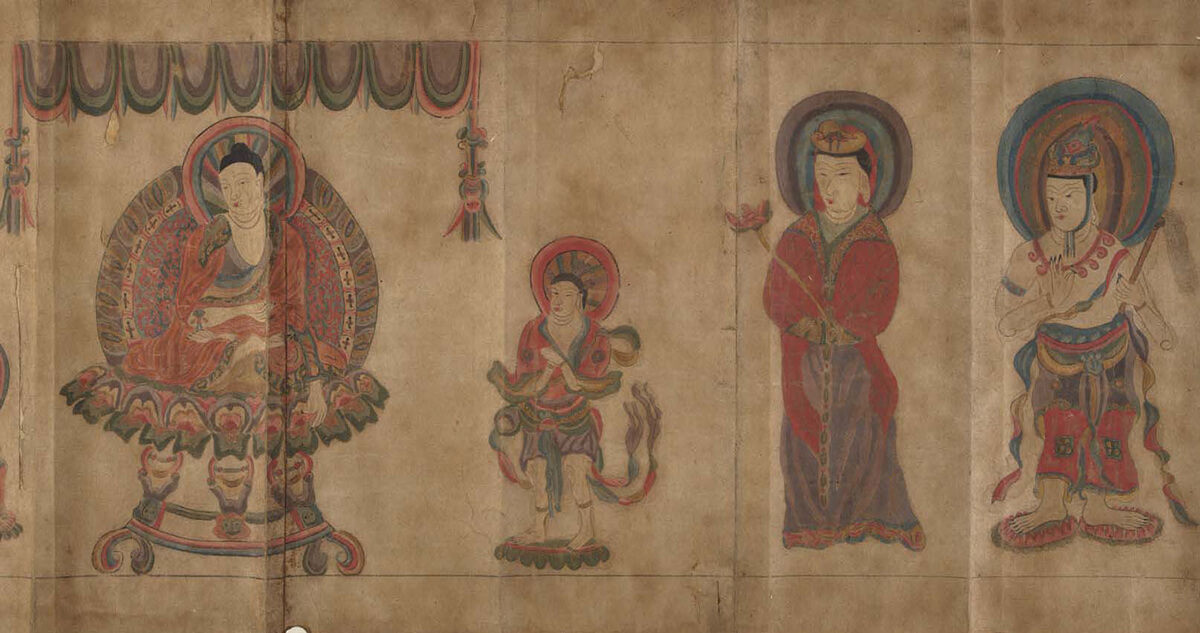
The Works of Zen in the Tang Dynasty This is part of a series of articles on the arc of Zen thought, practice, and history, as presented in The Circle of the Way: A Concise History of Zen from the Buddha to the Modern World. You can start at the beginning of this [...]
Continue Reading >> 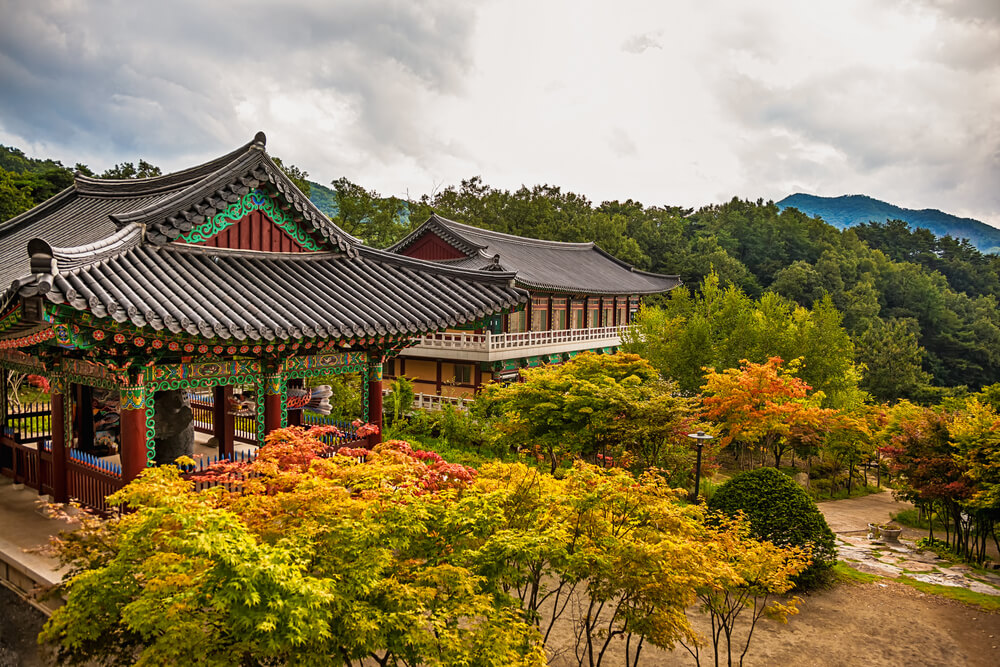
The Seon Tradition of Zen in Korea This is part of a series of articles on the arc of Zen thought, practice, and history, as presented in The Circle of the Way: A Concise History of Zen from the Buddha to the Modern World. You can start at the beginning of this series [...]
Continue Reading >> 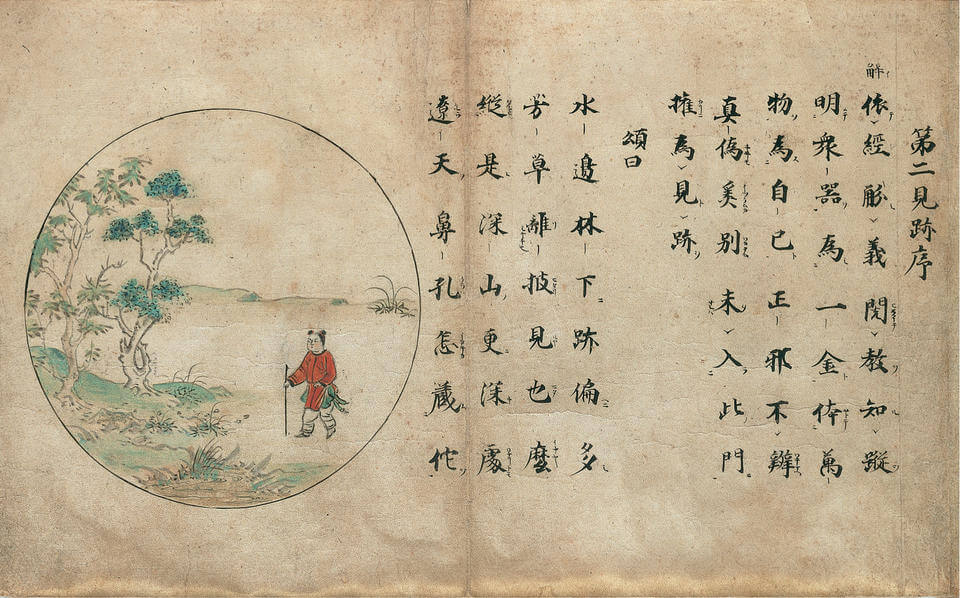
The Great Koan Collections This is part of a series of articles on the arc of Zen thought, practice, and history, as presented in The Circle of the Way: A Concise History of Zen from the Buddha to the Modern World. You can start at the beginning of this series or simply explore [...]
Continue Reading >> 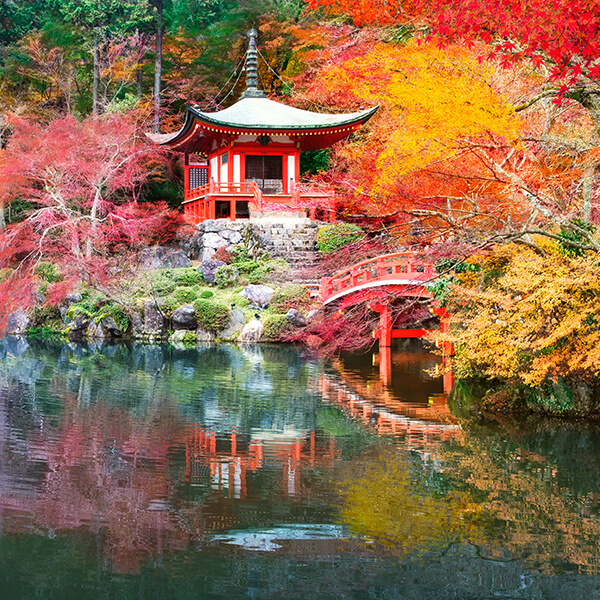
Zen Buddhism: A Reader's Guide to the Great Works There have been surprisingly few clear introductions to the full range of the East Asian tradition of what is popularly commonly referred to, in its Japanese variant, as Zen Buddhism but also known as Chan, Soen, and Tien in original Chinese, Korean, and Vietnamese. All these [...]
Continue Reading >> 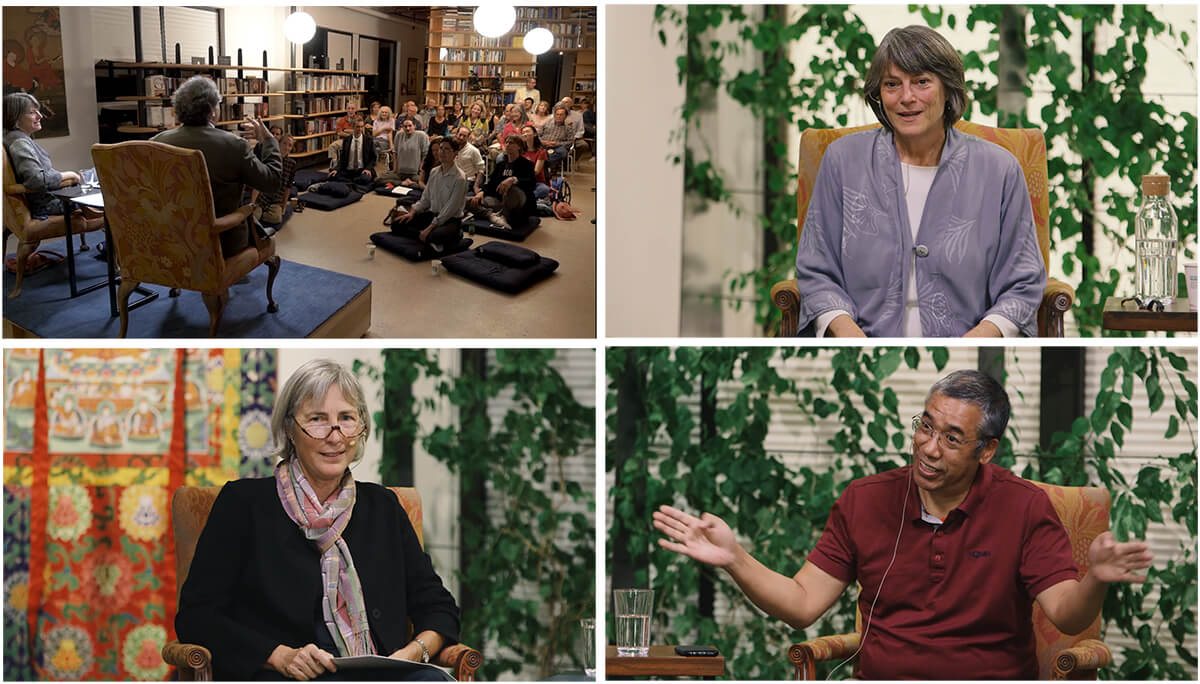
The Treasury of Precious Instructions Learn More The eighteen volumes of the Treasury of Precious Instructions or Dam-ngak Rinpoché Dzö by Jamgön Kongtrul Lodrö Taye, one of Tibet’s greatest Buddhist masters, is a shining jewel of Tibetan literature Palpung Monastery, Tibet Explore the Treasury of Precious Instructions Page Navigation Menu Home Page of the Treasury [...]
Continue Reading >> 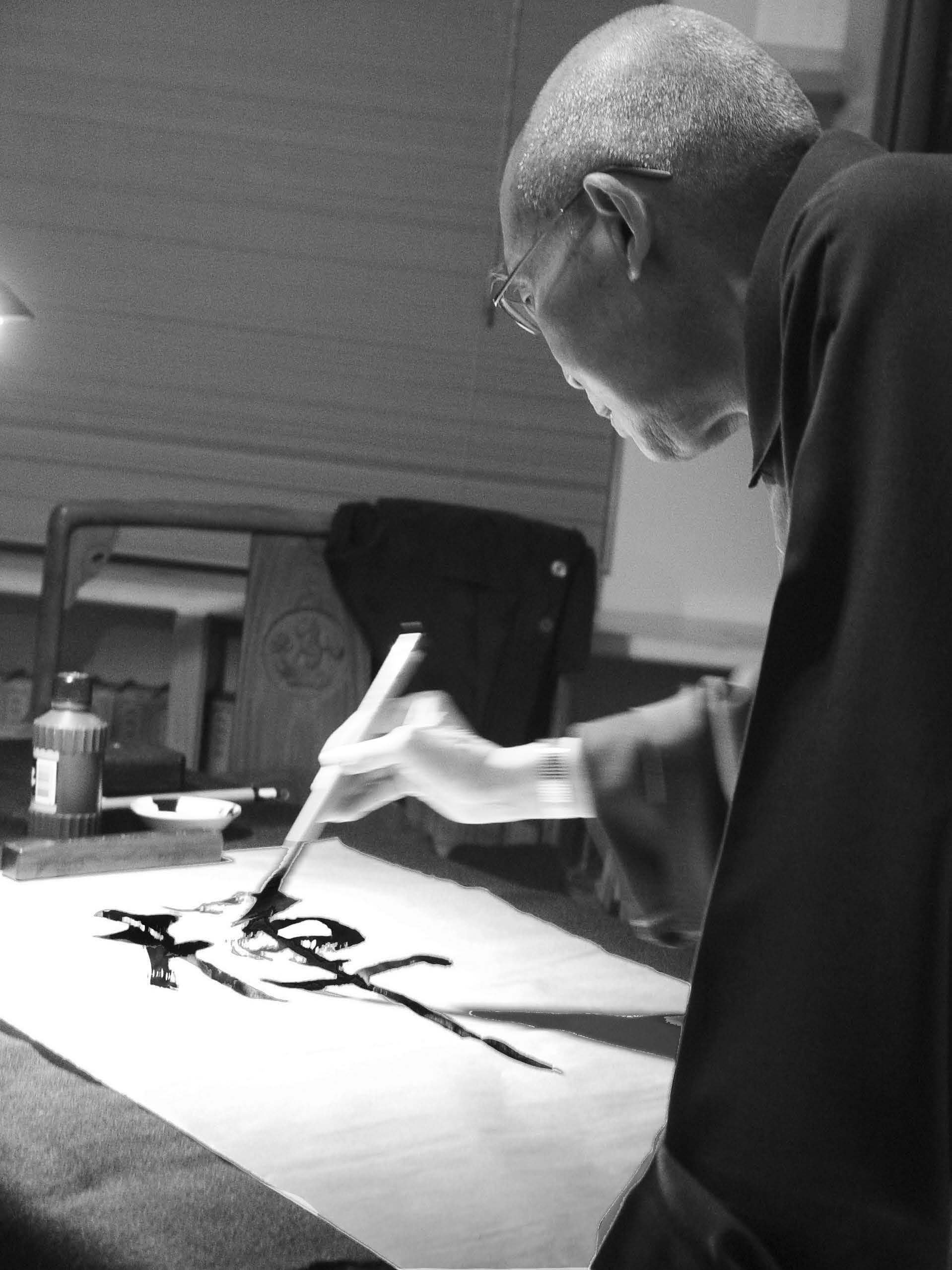
Chan Master Sheng Yen (1930–2009) was a widely respected Taiwanese Chan (Chinese Zen) master who taught extensively in the West during the last thirty-one years of his life. He had numerous teaching centers throughout North America, as well throughout the world. He co-led retreats with the Dalai Lama, and he is the author of numerous [...]
Continue Reading >> 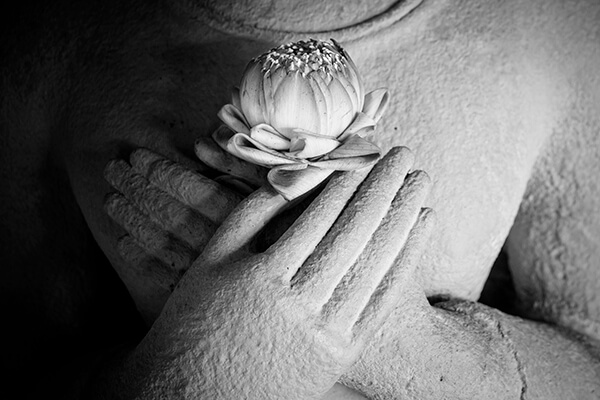
Buddha Nature Read More In the eleventh century, the great Tibetan scholar-practitioner Gampopa (1079–1153) began his composition known as The Jewel Ornament of Liberation with an exposition on the cause for awakening. What is the cause for awakening? In the Vajrayana and third turning traditions of Buddhism it is buddha nature. Buddha nature is our [...]
Continue Reading >> 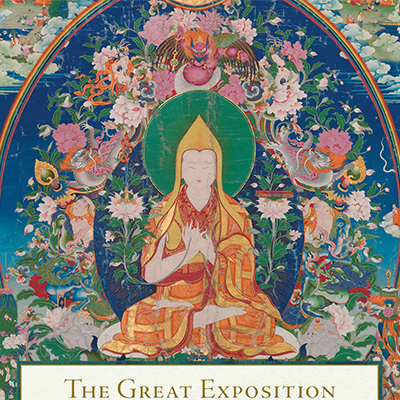
Tsongkhapa Learn More A Reader's Guide to one of Tibet's most important figures Ganden Monastery, founded by Tsongkhapa Related Reader Guides: Profiles of early Indian Mahayana figures | Lives of the Masters Series | Atisha | Aryadeva The Kadam Tradition | The Gelug Tradition | Madhyamaka Milarepa | His Holiness the Dalai Lama The Life of Tsongkhapa [...]
Continue Reading >> 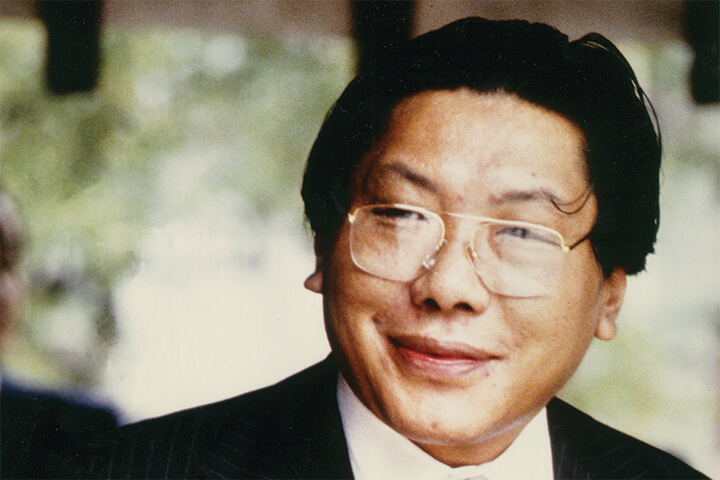
Chögyam Trungpa Rinpoche’s impact on the transmission of Buddhism to the West cannot be overstated. In the quarter century he spent in the West, he taught tens of thousands of students, in many cases introducing them to Buddhism for the first time. His legacy is nearly impossible to measure, but one gauge is his literary [...]
Continue Reading >> 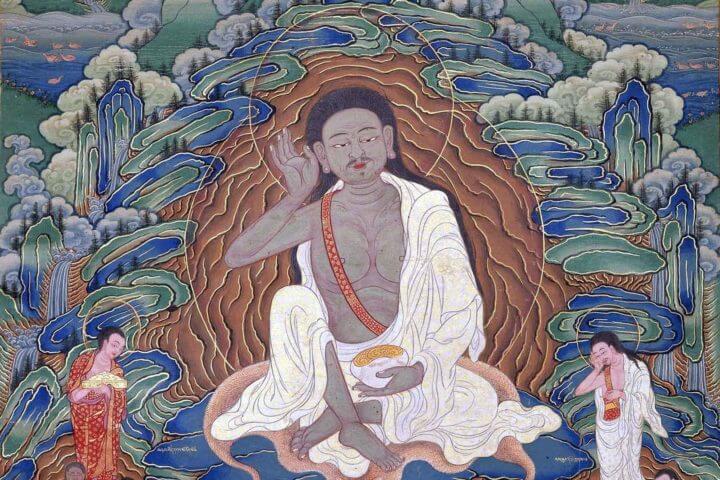
See also our Reader Guide to Milarepa. Milarepa, the famous Tibetan yogi, lives on through his joyous, instructional songs and poetry. Both the new translation of The Hundred Thousand Songs of Milarepa, from Christopher Stagg, and Chögyam Trungpa Rinpoche’s exploration of his life in Milarepa: Lessons from the Life & Songs of Tibet's Great Yogi [...]
Continue Reading >> 
What follows is a guide to some of our books and other resources available on Shambhala.com that relate to the Drikung Kagyu tradition of Tibetan Buddhism. The Drikung lineage comes from Marpa, Milarepa, and Gampopa through Phagmo Drupa and Jigten Sumgön, who is considered the root of the tradition. His most famous work, the Gongchik, or “Single [...]
Continue Reading >> 
Sakyasribhadra: A Reader’s Guide to the 12th Century Kashmiri Pandita
Image from HAR Sakyasribhadra, also known as Sakyasri or Khache Panchen, was an important Kashmiri pandita in the 12th and early 13th centuries who came to Tibet. His full biography is on the Treasury of Lives site. He has a connection with many of the lineages in Tibet extant during his visit. He is well [...]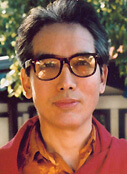
The family here at Shambhala Publications is deeply saddened by the loss of the incredible master, teacher, and author Traleg Kyabgon Rinpoche, who passed away in Australia at 12:10 a.m. on July 24, 2012, the Fourth Day of the Sixth Month of the Tibetan calendar in the Year of the Dragon. Rinpoche was a close [...]
Continue Reading >> "At 12:10 am on July 24, Traleg Kyabgon Rinpoche passed into parinirvana. His death was not only a deep shock, but a truly tragic loss to the world of spirituality in general and Buddhism in particular-well, actually a tragic loss to the world, period. Traleg was one of what can truly be called a genuine [...]
Continue Reading >> 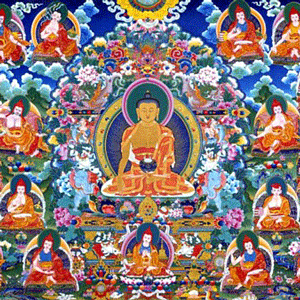
Image from http://www.rigpashedra.org/ His Holiness the Dalai Lama has often said that Tibetan Buddhism is none other than the Buddhism of India in the tradition of Nalanda, the great center of Buddhist learning that was located in present-day Bihar, India. Many of the greatest masters and scholars in Indian Buddhism resided-and often presided-at this [...]
Continue Reading >> 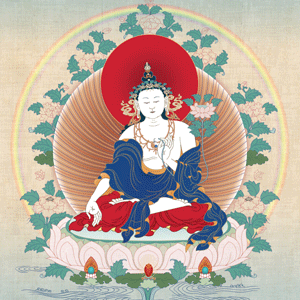
Aryadeva Learn More A Reader's Guide to Nagarjuna's disciple See Also: Profiles of early Indian Mahayana figures | Tibetan Masters of the 8th Century | Tibetan Masters of the 10th-11th Centuries Nagarjuna | Aryadeva | Asanga | Shantideva | Xuanzang | The Seventeen Pandits of Nalanda Mahayana Buddhist philosophy This article for the Great Masters [...]
Continue Reading >> 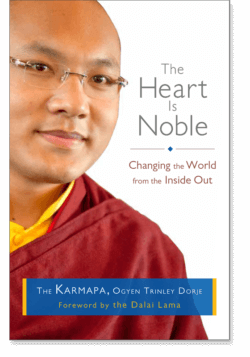
The following is an account of the discovery and recognition of the Seventeenth Karmapa Ogyen Trinley Dorje, excerpted from The History of the Karmapas: The Odyssey of the Tibetan Masters with the Black Crown The Last Testament Most of his previous reincarnations left behind a Last Testament giving indications of their rebirth. But in 1981, [...]
Continue Reading >> 
Normalcy at Its Best: An Interview with David Chadwick, Biographer of Shunryu Suzuki Roshi
Shambhala: Your teacher Shunryu Suzuki's Zen Mind, Beginner's Mind has now been in print for more than forty years, and is still often recommended as the best first book to read about Zen practice. Why do you think its popularity has endured throughout the explosion of Buddhist publishing the last few years? David Chadwick: Hard [...]
20 August 2014 The great, perhaps the greatest living yoga master, B.K.S. Iyengar died today in Pune, India, at the delightfully advanced age of 95. There will be many public tributes and even more private tributes as his innumerable devoted students honor his legacy. In memoriam, we offer Iyengar in his own words from his [...]
Continue Reading >> 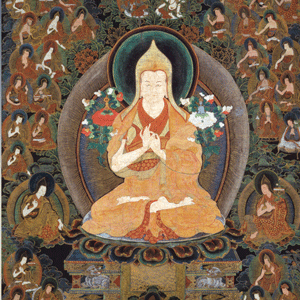
From Butön's History of Buddhism in India and Its Spread to Tibet Four hundred years after the Buddha passed away, in the southern country of Vidarbha, there lived a prosperous Brahmin who was childless. In a dream, gods foretold that if he invited one hundred Brahmins to a religious festival, a son would be born [...]
Continue Reading >> 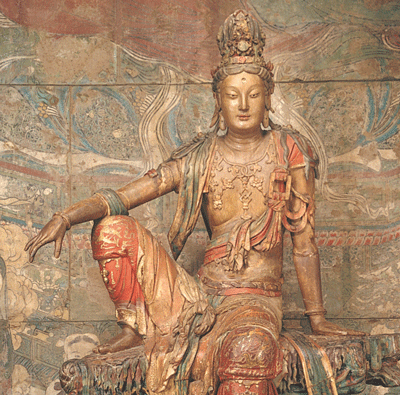
by Nikko Odiseos The text with the Sanskrit title Bodhicharyavatara (shortened from the longer Bodhisattvacharyavatara) - usually known in English as either The Way of the Bodhisattva or A Guide to the Bodhisattva's Way of Life - is by far the best-known work attributed to the eighth-century Indian monk Shantideva. It would be impossible [...]
Continue Reading >> 

